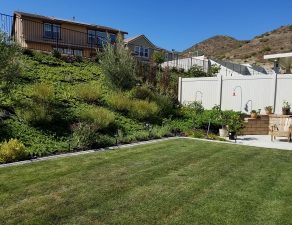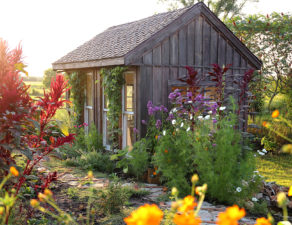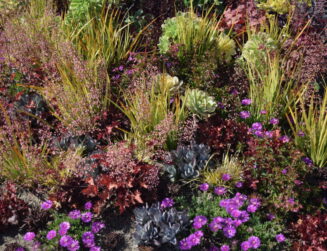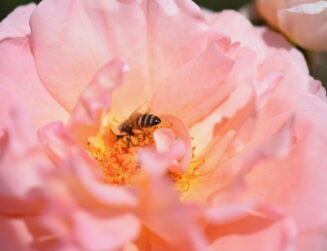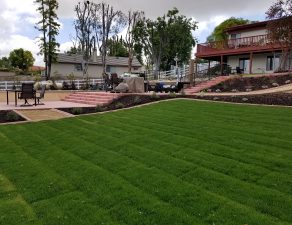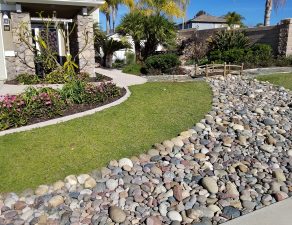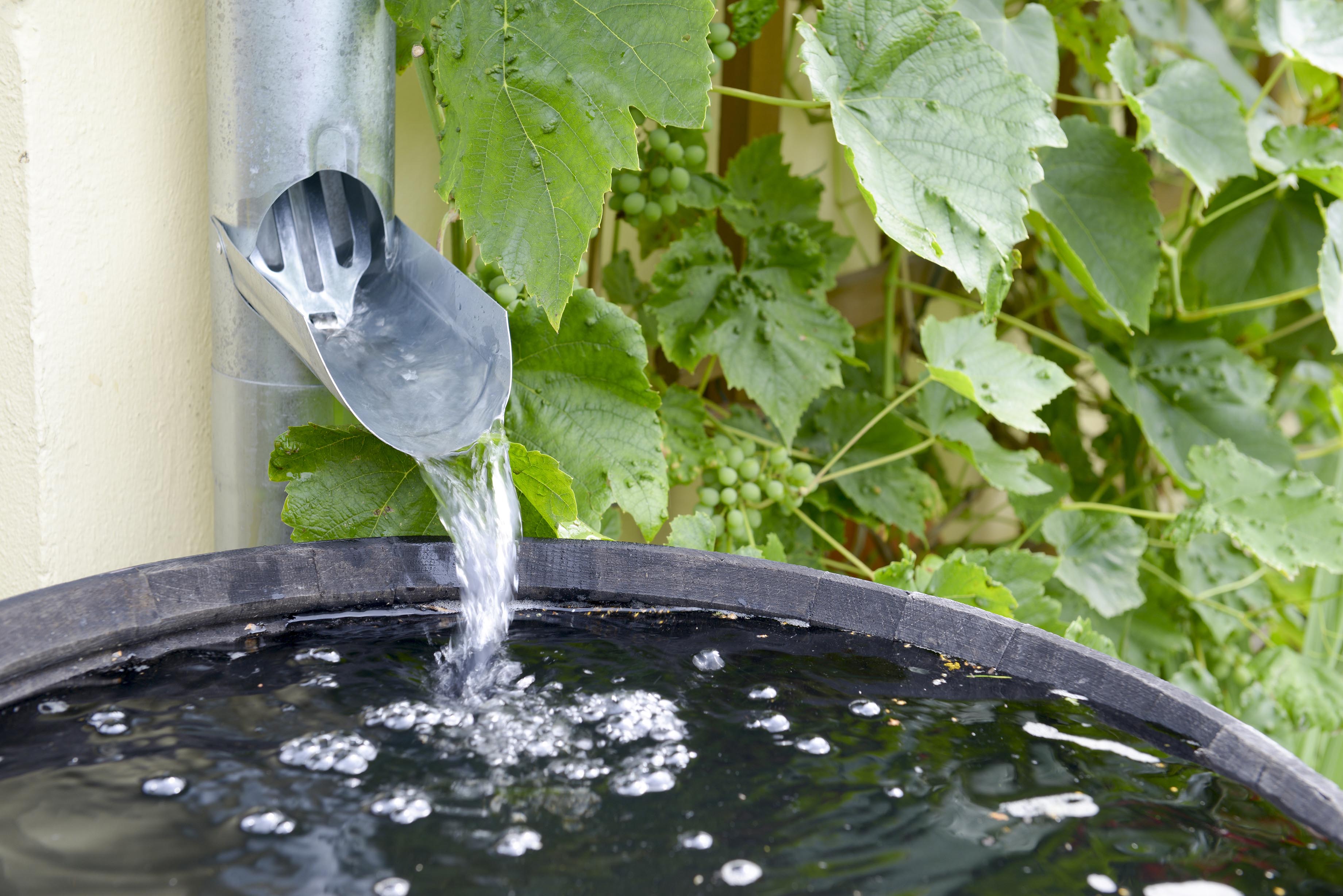
Here in Southern California, we don’t often see as much rainfall as the rest of the country. But when it does rain, we have to deal with runoff like everyone else. In fact, water runoff can be harder to accommodate when conditions are normally dry, because it doesn’t soak into the ground as quickly.
A rain garden can offer a simple solution, that also fits well into your overall landscape design. This collection of perennials and native shrubs is planted into a slight depression, usually on a natural slope. While it might appear to simple serve as an attractive addition to the landscape, the rain garden is designed to hold and absorb temporary water runoff from your lawn, patio, roof, or driveway.
Rain gardens are efficient. Dry most of the time, a rain garden is only intended to hold and drain water for 12 to 48 hours after a rain event. During this time, it will remove 90 percent of nutrients and chemicals, and 80 percent of sediment, from the water runoff.
Rain gardens offer environmental protection. Water runoff from driveways, roads, and other hardscape tends to collect chemicals, dirt, oil, fertilizers, and more along the way. Then it enters storm drains and eventually flows to nearby streams and ponds. According to the Environmental Protection Agency (EPA), pollutants carried by rainwater runoff account for 70 percent of all water pollution.
A rain garden allows for most of these pollutants to be absorbed back into the ground, and filtered by vegetation.
Rain gardens are attractive additions to your landscape. Because we plant the rain garden with native shrubs, perennials, and flowers, it will simply appear to the naked eye to be an attractive landscape feature. In fact, the garden can be designed to compensate for areas that might otherwise detract from your home’s appearance, because rainwater runoff tends to collect somewhere anyway.
Rain gardens are low maintenance. Because the point is to collect water runoff, you won’t need to water your rain garden except during droughts. And because the garden so effectively absorbs nutrients, fertilizers aren’t usually needed. Weed removal will be necessary until your plants become established, at which point they will out-compete most weeds.
Since rain gardens are designed to absorb water runoff within 12 to 48 hours, the area should not become marshy, nor will it encourage the breeding of mosquitoes. Of course, this depends upon selecting the right spot for your rain garden, and digging the depression correctly.
For more information on installing a functional and attractive rain garden, please give us a call. We can take a look at your existing landscape and make recommendations to efficiently handle any runoff or drainage problems.

